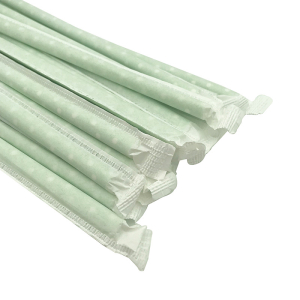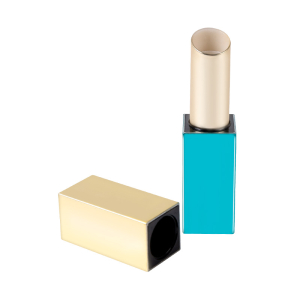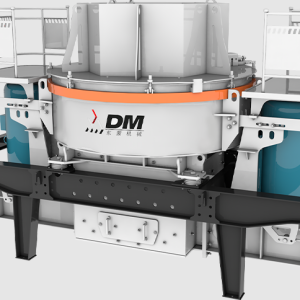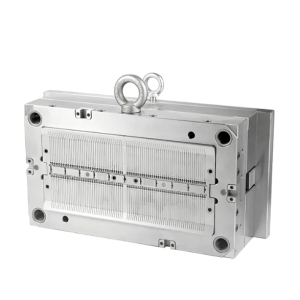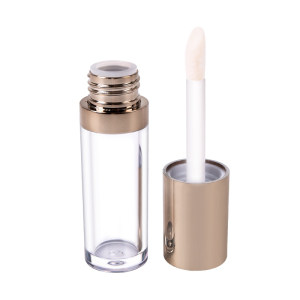Plastic household moulds are essential in the manufacturing of various everyday items found in homes worldwide. These moulds enable the production of a wide range of plastic products such as containers, utensils, storage bins, and even furniture components. The versatility and cost-effectiveness of plastic make it an ideal material for household items, offering durability, lightweight construction, and the ability to mold into complex shapes.
The process of creating plastic household moulds begins with design. Engineers and designers use Computer-Aided Design (CAD) software to develop detailed 3D models of the desired products. This step allows for precise customization and adaptation to specific consumer needs and market trends.
Once the design is finalized, the moulds are manufactured using techniques like injection moulding or blow moulding. Injection moulding is particularly common for producing small to medium-sized household items. It involves injecting molten plastic into a mould cavity under high pressure. The plastic then cools and solidifies, taking the shape of the mould. This process ensures consistent quality and dimensional accuracy of the final products.
Plastic household moulds play a crucial role in meeting consumer demands for affordable, durable, and aesthetically pleasing household products. Manufacturers can produce large quantities of items efficiently, reducing production costs and lead times. Moreover, advancements in plastic materials and moulding technologies continue to enhance the performance and longevity of household items, contributing to sustainability efforts through recyclable materials and efficient manufacturing processes.
In conclusion, plastic household moulds are indispensable in the modern manufacturing landscape, enabling the production of a diverse array of everyday products. As consumer preferences evolve and technology advances, plastic moulding techniques will continue to drive innovation and efficiency in the household goods sector.

